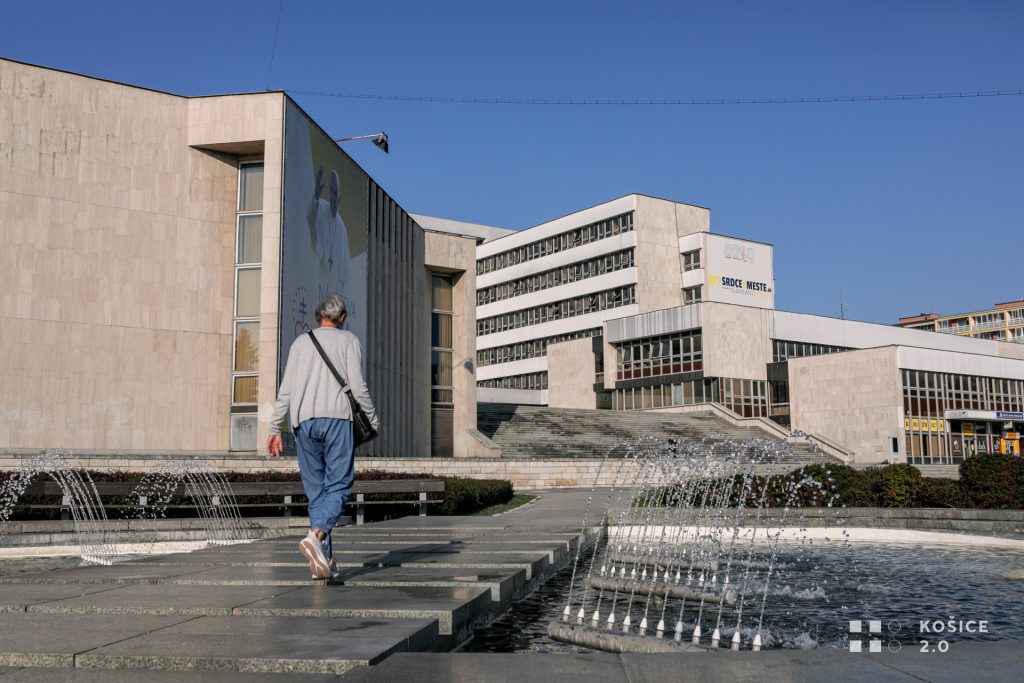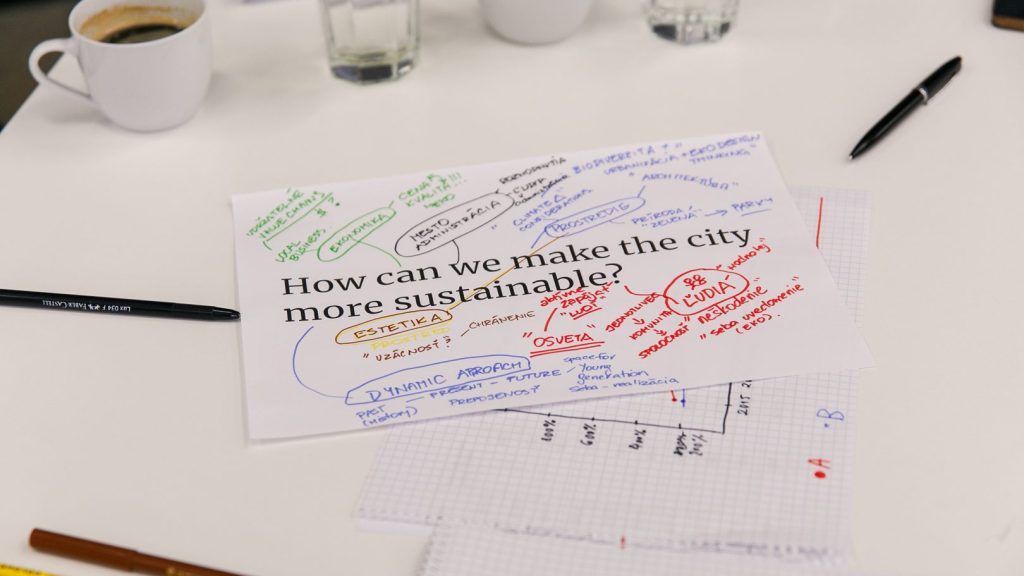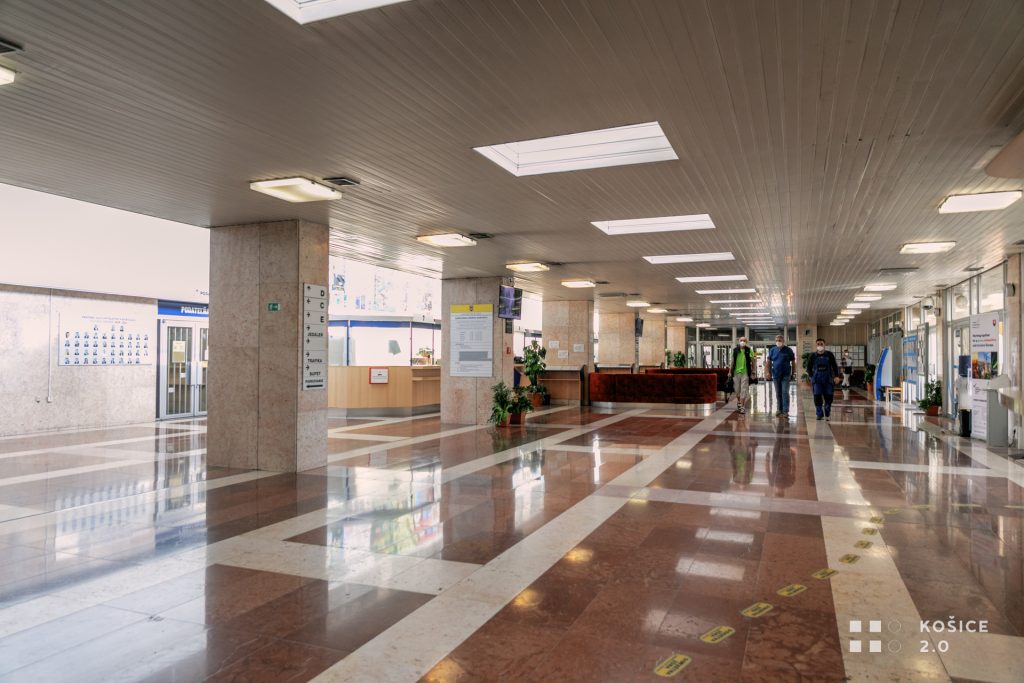Piloting Creative City – a training programme for city officials
The services that a local government provides to its inhabitants, residents, and visitors fundamentally affect their well-being, as well as the quality of life in a city. To develop and innovate urban services and improve their quality, we must bear in mind that they are closely linked to capacity building of the relevant office.
In general, the idea of capacity building typically ends with workshops and seminars, and thus with the development of human resources. However, when talking, for example, about building the capacity of local governments – employees with decision-making powers, experts in departments or managers – it is necessary to emphasize that for excellence and application of their talents and skill, support from the leadership and the entire institutional environment is crucial.
Often, the constraints of this environment can hamper effective city management. For capacity building to be as successful as possible, in addition to human resources development, it should address organizational and institutional development and achieve a state in which all actors have adequate powers, information, technology, and conditions to perform their activities and develop their skills. Another equally essential and integral part of this state is a level playing field in cooperation and partnerships with those working in other areas and at other levels. Stated simply, these are the links between diverse areas and different levels of responsibility, where it is clear who has what role and with whom.
The Košice 2.0 project understands the topic of capacity building in the context of the entire ecosystem in which it is implemented. During its implementation, three training programmes will be developed and piloted – one for municipal employees, one for citizens and the civic sector, and another for the academic community. At the same time, training and networking activities for creative people, start-ups, and the entrepreneurial sector are also organized within the project.

Creative City – training for municipal employees is a set of interrelated courses that bring new approaches to planning, delivering, and improving municipal services.
The programme teaches selected key municipal employees how to innovate city services through a design thinking approach, to deliver them efficiently using the concept of “Value for Money”, and to plan them such that participation is not the goal but a means to meaningful involvement of all relevant players.
Given that this is the pilot cycle of the programme, where participants will provide feedback on the content and the learning tools used, the programme will be adapted to make it as useful as possible for officials and sustainable beyond the end of the project.
The demands of residents as consumers of these services are changing under the influence of socioeconomic changes, lifestyle changes, or technological advances. It is essential that those who are responsible for the form of services in the city not only perceive these challenges but are also able to respond to them with the necessary competencies.
Municipal training courses are for the most part focused mainly on legislative changes, the introduction of new regulatory procedures, and the like. Creative City differs from standard training not only in its content but also in its design. The courses consist of face-to-face and online training using the MIRO and Moodle e-learning platforms. Participants can try different forms of education while also improving their digital skills. Each course is more practically than theoretically oriented and involves solving a specific assignment – an identified problem of the city.

The quality of the training is guaranteed by its lecturers – experts from the academic, business, and public administration environment. The Fundamentals of design thinking module is guaranteed by Aida Némethová, Design Thinking Coach and Scrum Master from Deutsche Telekom IT Solutions Slovakia.
The Value for Money course is led by Eduard Baumöhl (University of Economics in Bratislava, Slovak Economic Society) with lecturers Ľudovít Ódor (National Bank of Slovakia), Matej Kurian (Value for Money Unit) and Miriama Letovanec (former Director of the Implementation Unit at the Government Office).
The lecturer of the third Creative City course, entitled Participation, and Participatory Methods is Milota Sidorová from the Office of Participatory Planning of the Metropolitan Institute of Bratislava.
The choice of design thinking as the first topic was not a random one. Design is an often overlooked discipline in public services, in contrast to the private sector, for example. That is why this module was prepared in cooperation with the American Chamber of Commerce and Deutsche Telekom IT Solutions Slovakia. By using design thinking, it is possible to better understand how the users of services think, how they behave, and ultimately what they need. Citizens’ needs are a key variable in the case of public interest. The citizen-user as the focus of public services is also important in the process of implementing new digital technologies. Design thinking in public services can help to ensure that smart solutions do not deviate from the real needs of citizens. This approach also promotes dialogue and engagement of citizens and communities, fosters innovation, and enables a creative approach to complex challenges and problems.
In the words of Aida Némethová, guarantor of the course, the training was a challenge and a great experience for her. “I had to make sure that participants could access it in an appropriate format and prepare the different parts in a way that would be suitable for the needs of civil servants. It was fascinating for me to see how the participants progressed through each exercise, how they grasped the theory and put it into practice.” The outcome of the course was two prototypes – designs of solutions for the Office of the Chief Architect of the City of Košice, tested by real users. “When I looked back on the last day to see what a journey we had gone through together, it was a feeling of a job well done by all the participants,” adds the lecturer.

In December, programme participants will attend the Value for Money course, which will take place online using the Moodle platform, and in the spring of next year, the last module of the pilot version of Creative City – Participation and Participatory Methods – will take place. The course is planned as a two-day face-to-face training, including fieldwork on a practical example. Participants will have the opportunity to learn why it is important to count on participation from the beginning and how important it is to have the results of the participatory process assessed by experts.
The rich content of the Košice 2.0 project offers opportunities for active and passive involvement in improving urban services and quality of life of the city’s inhabitants and connects actors from various fields in cooperation. “Thanks to the realization of these possibilities, the project overcomes stereotypes about, for example, officials, entrepreneurs or civil society as such, and positively affects the emergence of cross-sectoral cooperation, the dynamics of innovation and citizens’ interest in what is happening in our city,” adds Michal Hladký, Director of Creative Industry Košice and author of the Košice 2.0 project.

